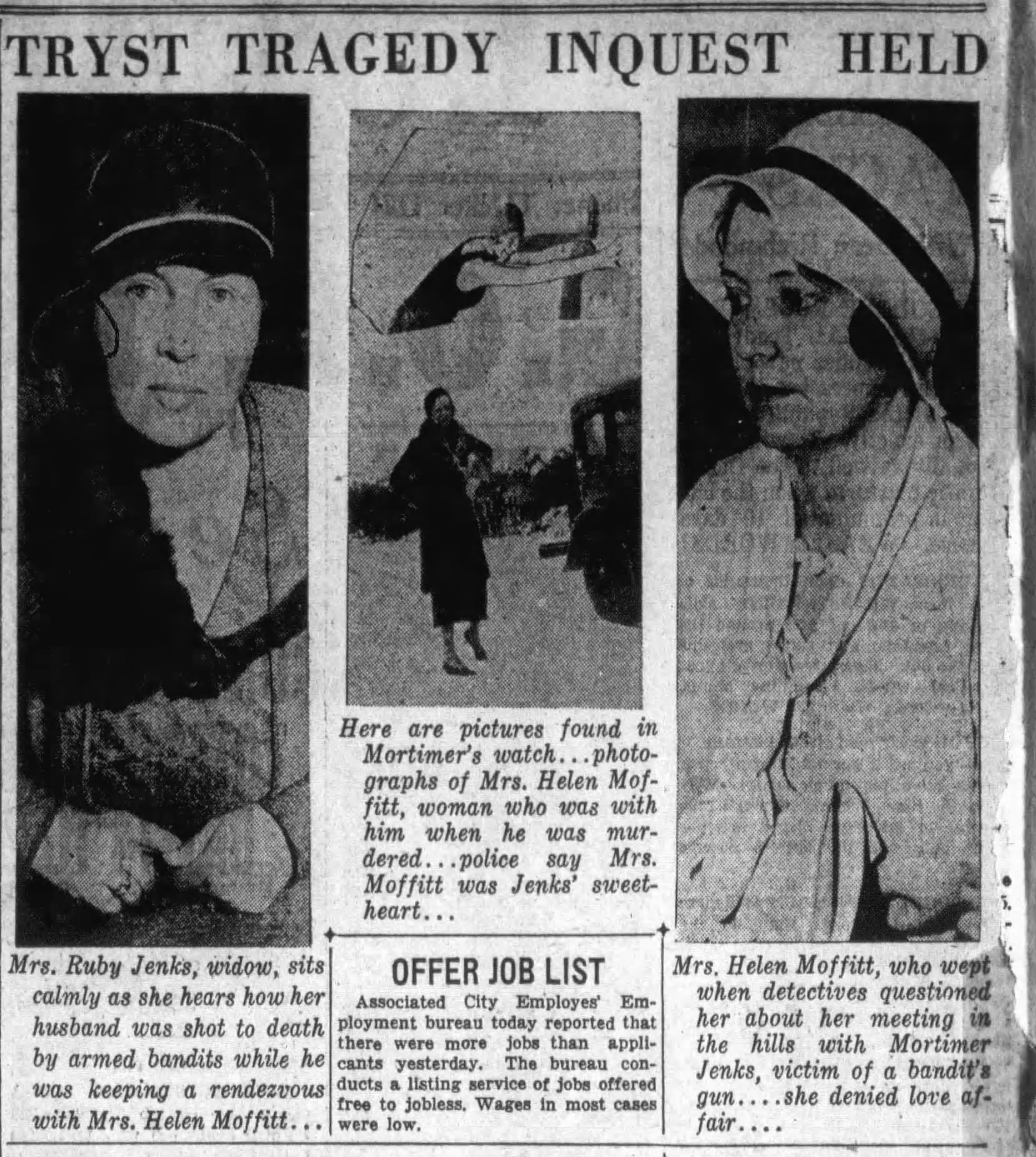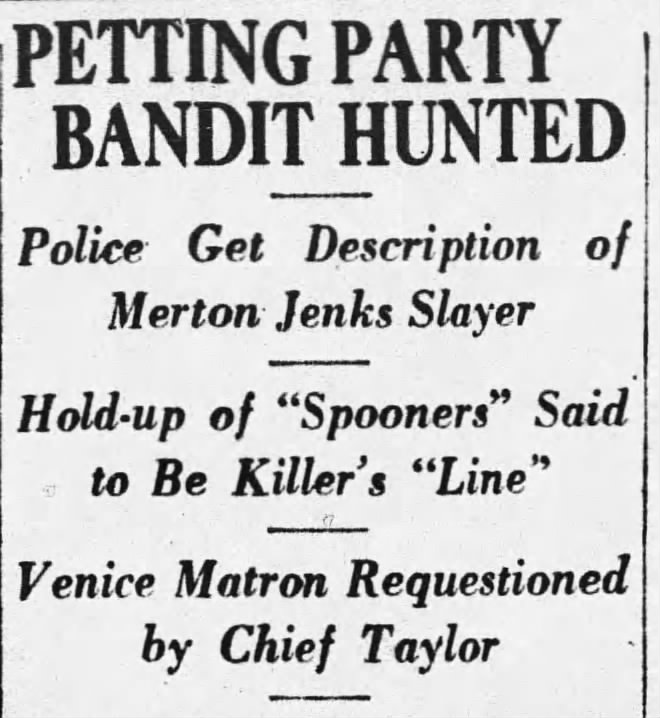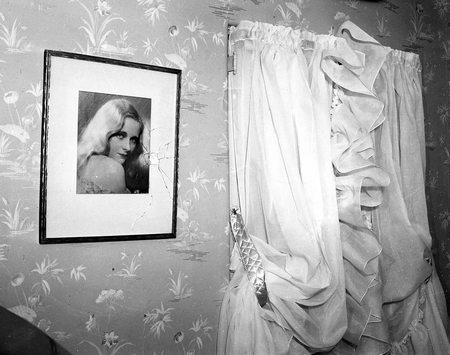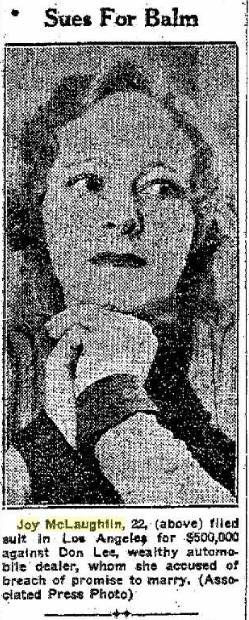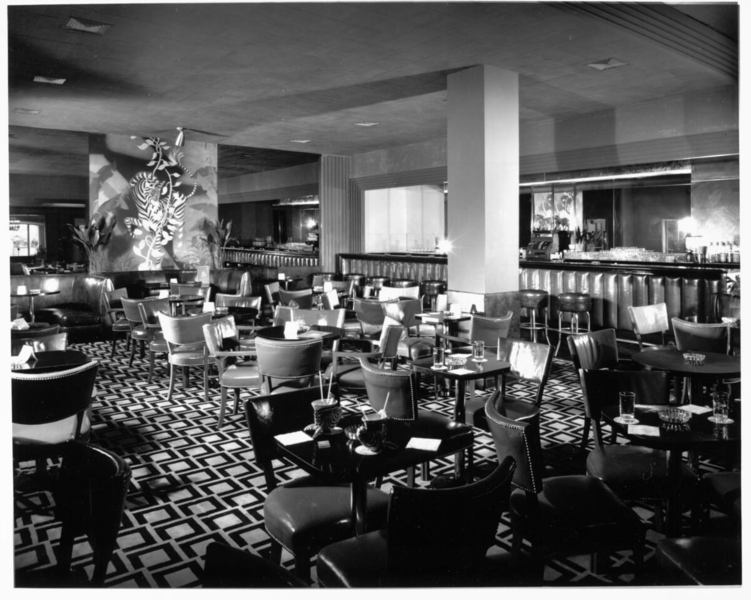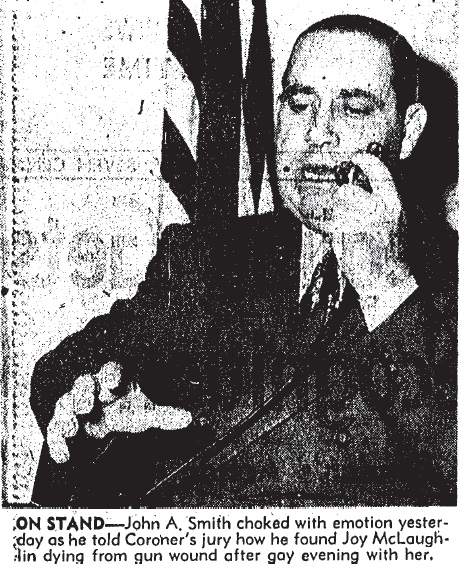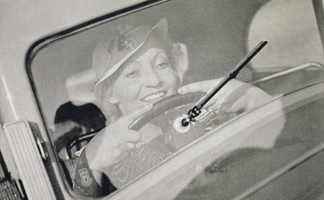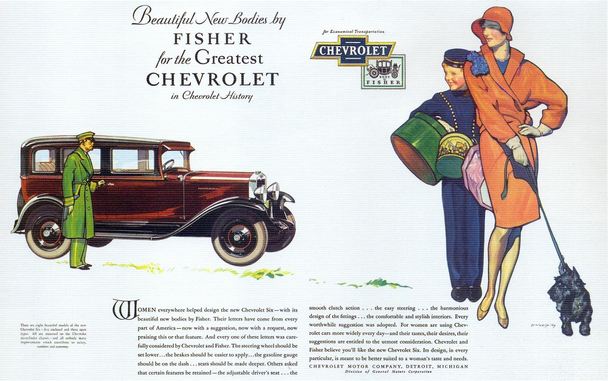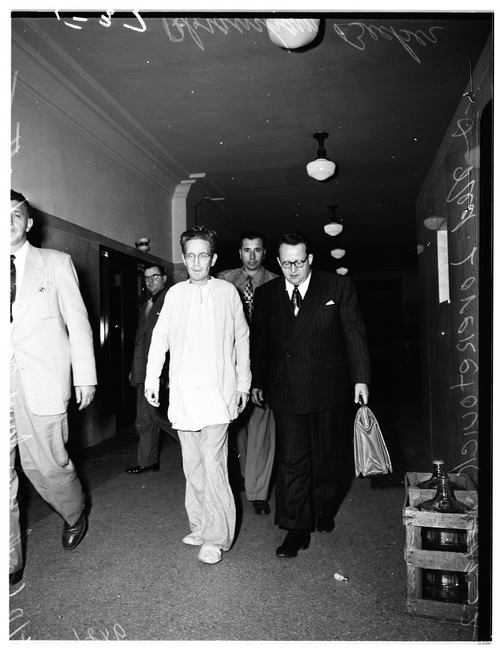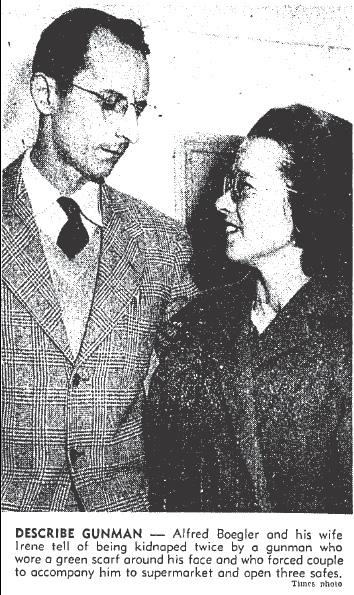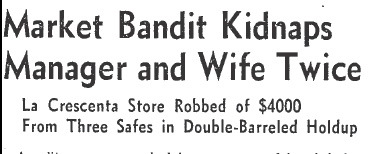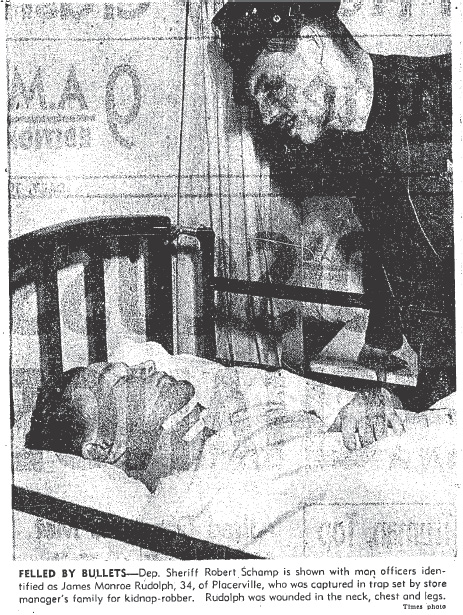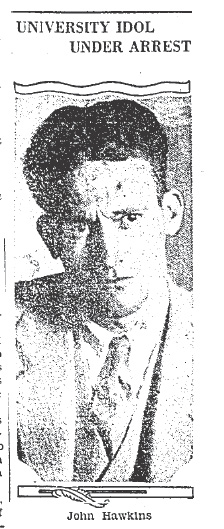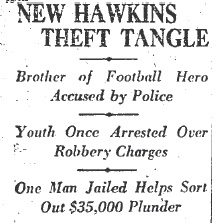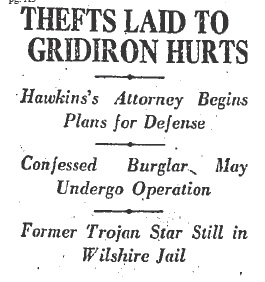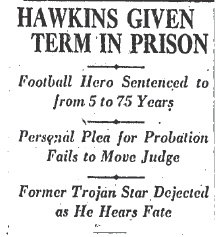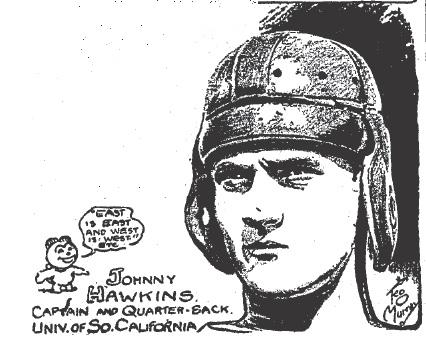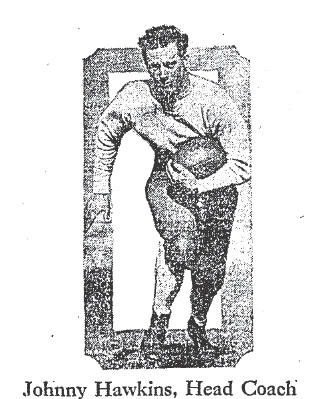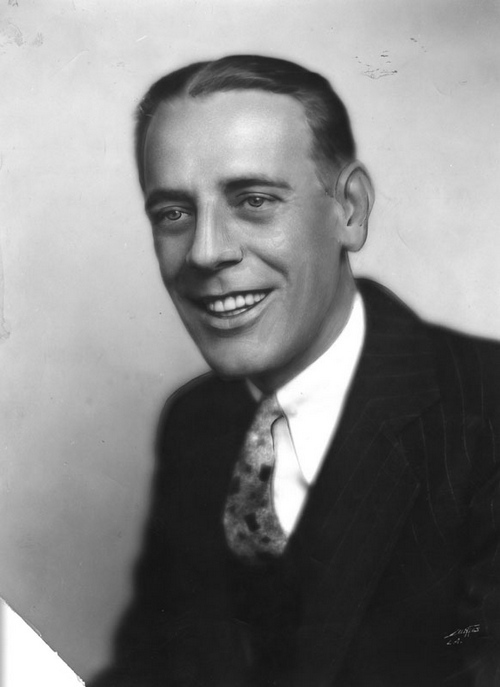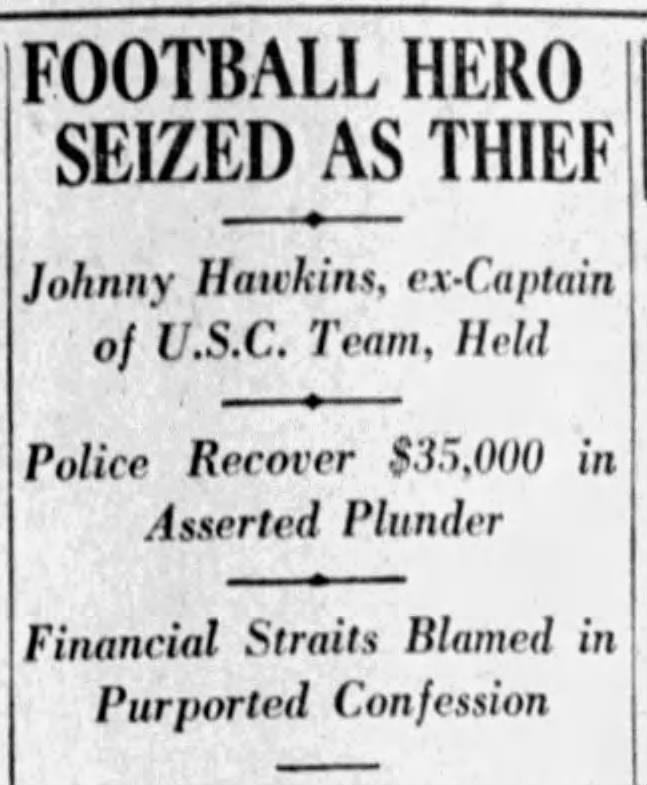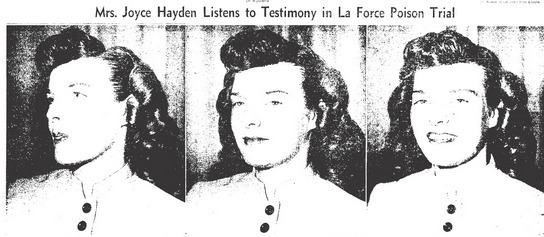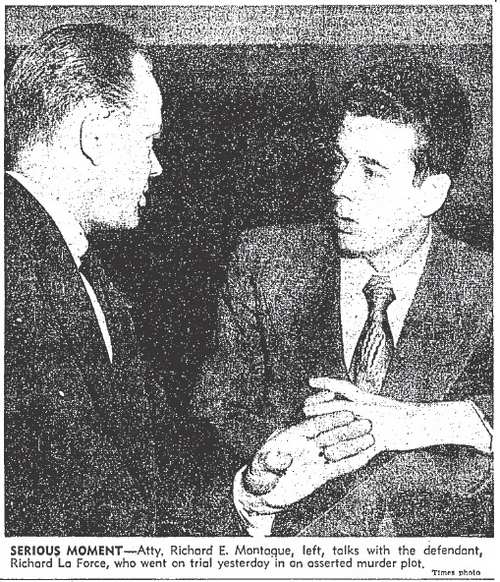About 11:30 p.m., on the night of March 17, 1985, a twenty-five-year-old unemployed drifter from Texas drove aimlessly through the streets of Los Angeles. He cruised around for hours in a stolen car. Dressed in black with a baseball cap pulled low over his eyes, the cocktail of drugs in his system fueled his hateful fantasies of blood, death, and Satanic power. He cranked up the volume on his Walkman and listened to his favorite album, AC/DC’s Highway to Hell.
He was hunting human prey.

The drifter lived in downtown Los Angeles, and during the day he walked to one of the nearby dives and joined the shabby strangers who sat side-by-side on bar stools nursing glasses of cheap booze, lost in their own realities. Sometimes he would visit a local liquor store and buy a bottle, a “short dog,” he could sip from a brown paper sack. At night, he came alive. The darkness energized him. The cars he stole gave him the freedom to go wherever he wanted, and on that March night, as he drove the freeways, he spotted a lone woman in gold Camaro. On a whim, he followed her.
Maria Hernandez’s car caught the attention of the drifter. She spent the evening with her boyfriend and was on her way home. She exited the highway for Rosemead, a quiet bedroom community in Los Angeles County Sheriff’s territory, and the stranger followed her. Maria turned right onto Village Lane, where she lived in a new condominium owned by her roommate Dayle Okazaki. She pressed the button on the automatic door opener, and stepped into the garage. Maria pressed a button on the wall to shut the garage door behind her. Her black clad stalker entered the garage. His soft-soled sneakers, and the carpet runner near Dayle’s green Toyota muffled his steps.
The man could have snuck up behind Maria, but he wanted to see her fear. He slammed his hand down hard on the hood of Dayle’s car. Maria jumped and turned toward the noise. As the garage door closed, the garage got darker, with just enough light to see into the shadows. Maria saw a tall, thin man in dark clothes and a baseball cap with a logo for the heavy metal band AD/DC on it. As he lifted the .22 he carried, his baseball cap fell to the floor. The garage door took eight seconds to shut before plunging them into darkness. Maria clutched her keys and reflexively threw her hands up in front of her face, as if they could repel the bullet she knew was coming.
Maria’s hands did not stop the bullet, but her keys deflected the round and saved her life. She dropped to the floor of the garage and played dead. The stranger entered the condo. Maria crept up, opened the garage door, and went around to the front of her building—she wanted to get inside and warn Dayle.
Dayle Okasaki had heard the shot, and saw a man enter her kitchen. She ducked down behind the counter, hoping he did not see her. The stranger smiled. He caught the movement as Dayle dropped behind the counter. He knew that if he was patient, her curiosity would get the better of her and that eventually she would pop up to see if he had gone. Just as he knew she would, Dayle cautiously rose from behind the tiled counter. She stared down the barrel of the .22 the man had pointed at her head. He fired, and a bullet entered her forehead, knocking her to the floor.

As Maria approached the front door, she heard a gunshot. Then, to her horror, the gaunt man in black who had tried to kill her walked out onto the stoop. She couldn’t believe it. She was certain he would exit the back way. The two stood facing each other for a second that stretched into eternity.
A black-topped orange Volkswagen sat at the curb in front of the condo. Maria bolted to it, pursued by the man. The two chased each other around the car in a macabre version of a child’s game of tag. Finally, the man caught up with Maria and raised his gun. Maria spoke to him. “You’ve already shot me. Don’t shoot me again.”
Maria held the stranger’s eyes and waited for a gunshot. The man lowered his weapon and walked away. She ran back into the condo and found Dayle on the kitchen floor, a pool of blood formed around her head. Maria phoned the Sheriff’s station and waited for deputies to arrive.
The killer drove away from the scene; but he was in no rush for the evening to end.

Forty-five minutes later, he was back on the freeway when he noticed a young Asian woman taking an exit for Monterey Park. He followed her, just as he had done with Maria Hernandez. But the woman, thirty-year-old law student Tsai-Lin Veronica Yu, noticed the man behind her, and started looking for a police car. A block or two later, she pulled over to the curb and waited for the man to drive past—then she followed him. They caught a red light on North Alhambra Avenue. The man switched off his headlights, got out of the stolen Toyota, and approached the driver’s side of Veronica’s vehicle.
Veronica confronted him and demanded to know why he had followed her. At first, he denied her accusation. Then he said he thought he knew her. She called him a liar. He grabbed at her through the open window and tried to drag her out of the car. Failing to yank Veronica from the driver’s seat, he ran around to the passenger side. Before Veronica could push the lock down, he slipped into the seat and pointed a gun at her side. He fired and wounded Veronica. She opened the door to escape. He shot her again, this time the bullet struck her in the lower back. She got out of the car and took a couple of shaky steps before she collapsed on the pavement and died.
Satisfied, the drifter returned to his room in the Hotel Cecil on skid row.
NEXT TIME: Los Angeles County Sheriff’s Department Homicide Bureau detectives begin an investigation into the murder.




